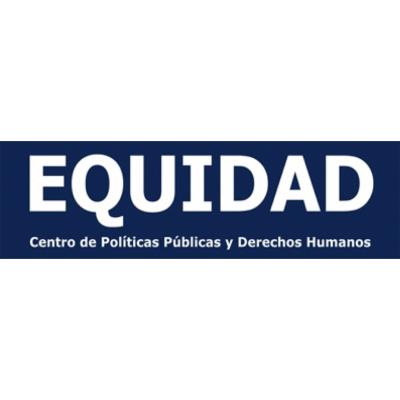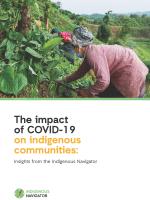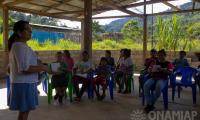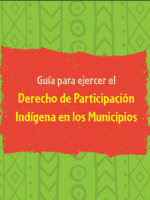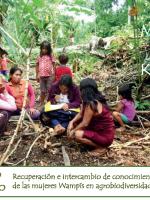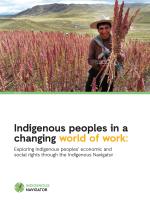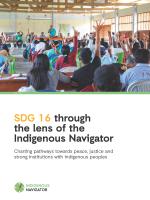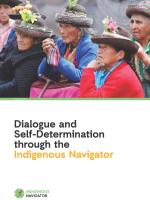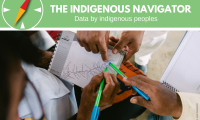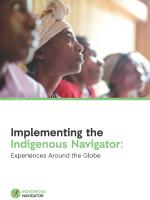Peru
According to the 2007 Census, Peru’s population includes more than 4 million indigenous persons, of whom 83.11% are Quechua, 10.92% Aymara, 1.67% Ashaninka, and 4.31% belong to other Amazonian indigenous peoples. The Database of Indigenous or Original Peoples notes the existence in the country of 55 indigenous peoples at present, who speak 47 indigenous languages.
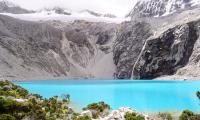
According to the 2007 Census, Peru’s population includes more than 4 million indigenous persons, of whom 83.11% are Quechua, 10.92% Aymara, 1.67% Ashaninka, and 4.31% belong to other Amazonian indigenous peoples. The Database of Indigenous or Original Peoples notes the existence in the country of 55 indigenous peoples at present, who speak 47 indigenous languages.
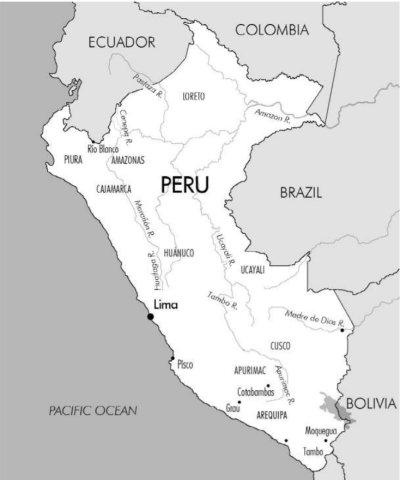
It should also be noted that 21% of Peru’s territory consists of mining concessions, which are superimposed upon 47.8% of the territory of peasant communities. Similarly, 75% of the Peruvian Amazon is covered by oil and gas concessions. The superposition of rights over communal territories, the enormous pressure of the extractive industries, the absence of territorial zoning, and the lack of effective implementation of prior consultation exacerbate territorial and socio-environmental conflicts in Peru, even though the country that has signed and ratified ILO Convention 169 on Indigenous and Tribal Peoples and, in 2007, voted in favour of the United Nations Declaration on the Rights of the Indigenous Peoples.
Results at a glance:
Compare national and community spider
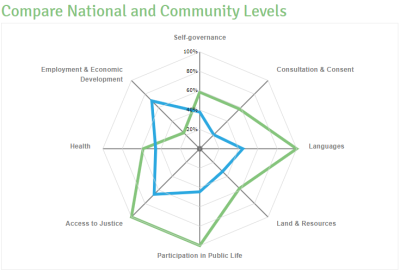
Compare National and Community Spider
Conflict related to land
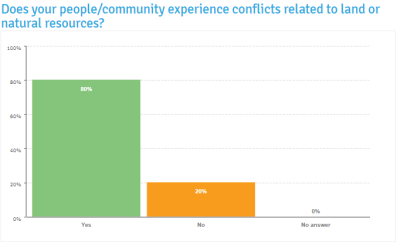
Contact
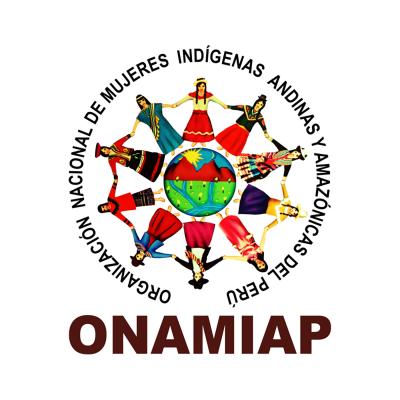
Organización Nacional de Mujeres Indígenas Andinas y Amazónicas del Perú (ONAMIAP)
